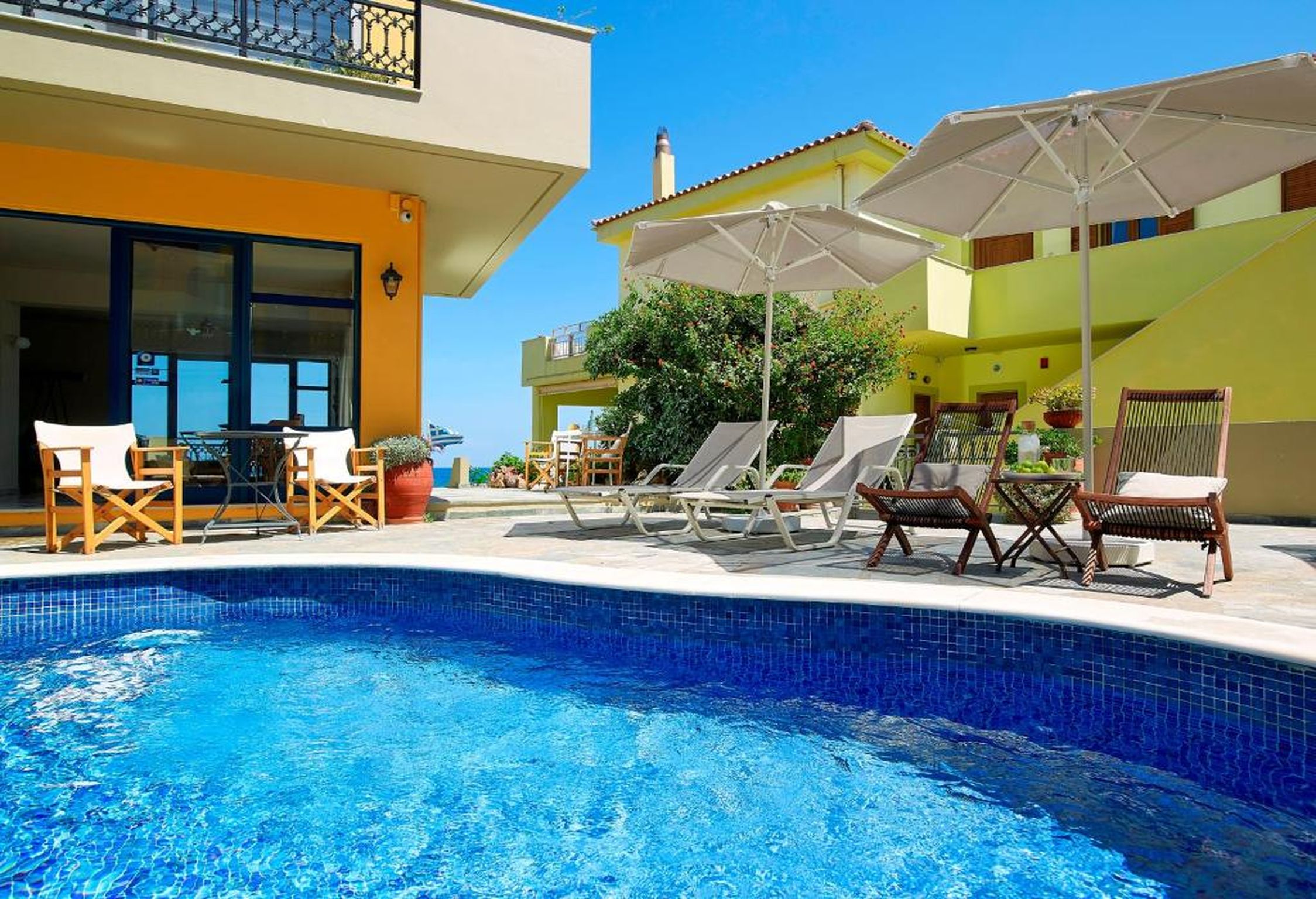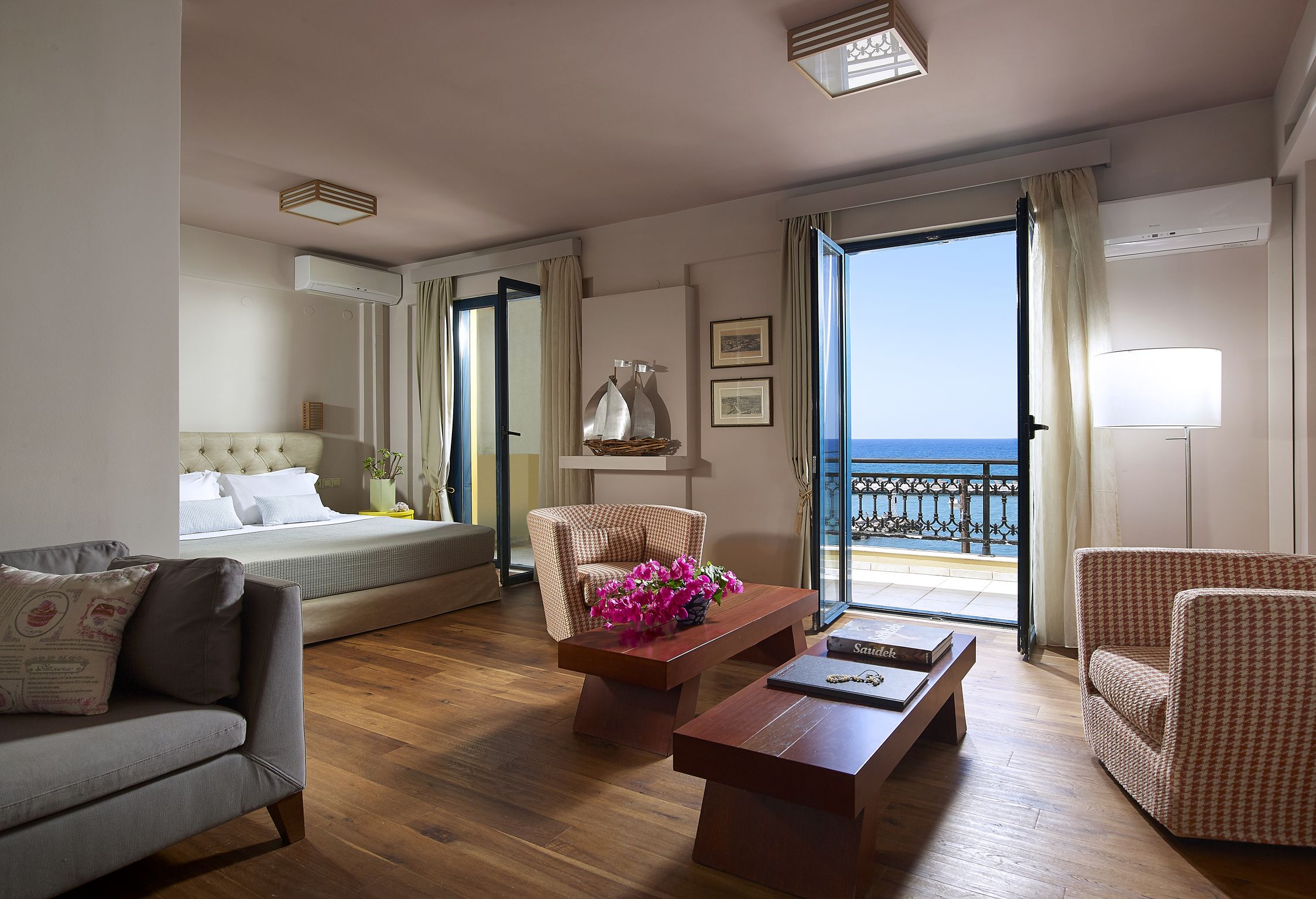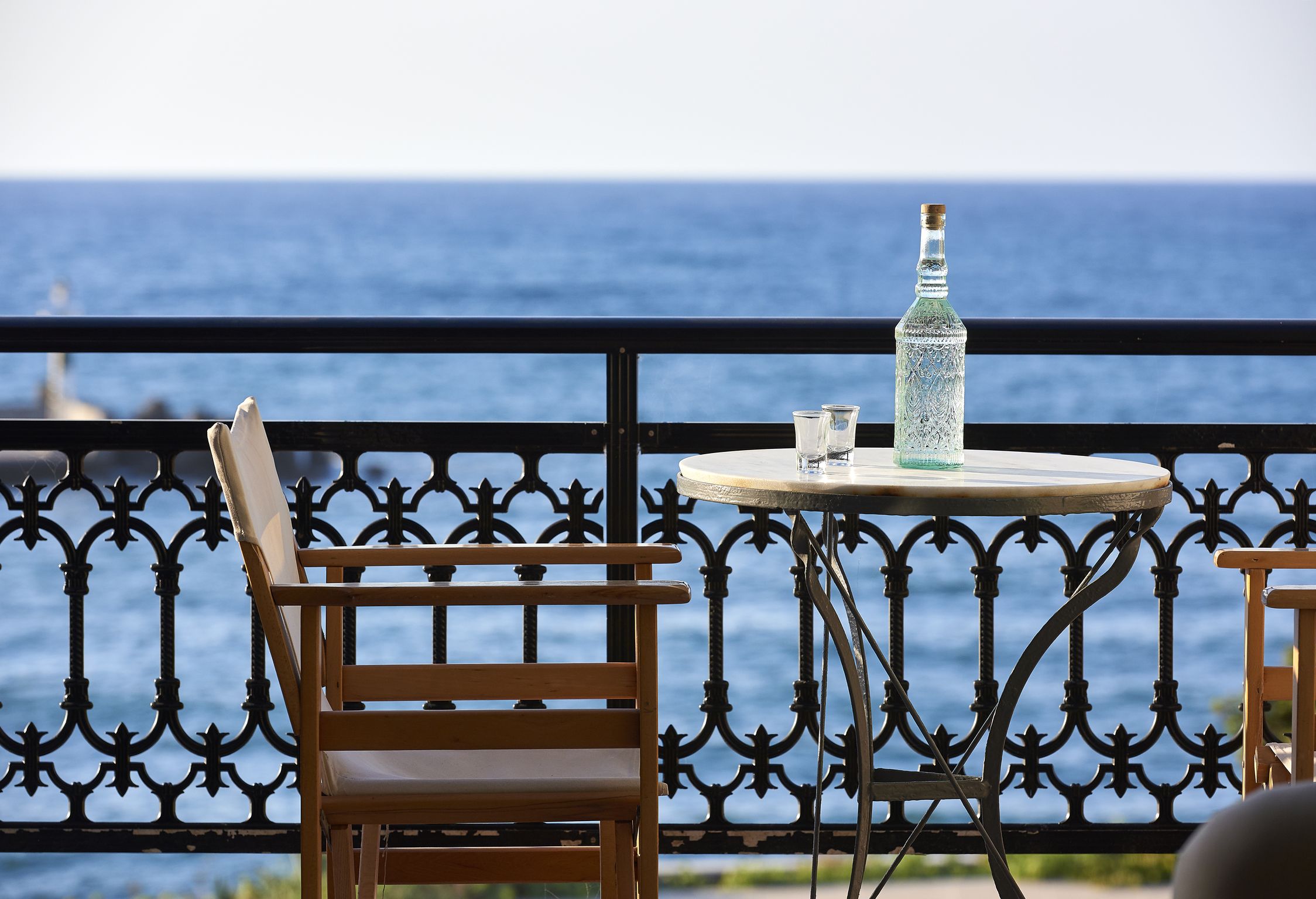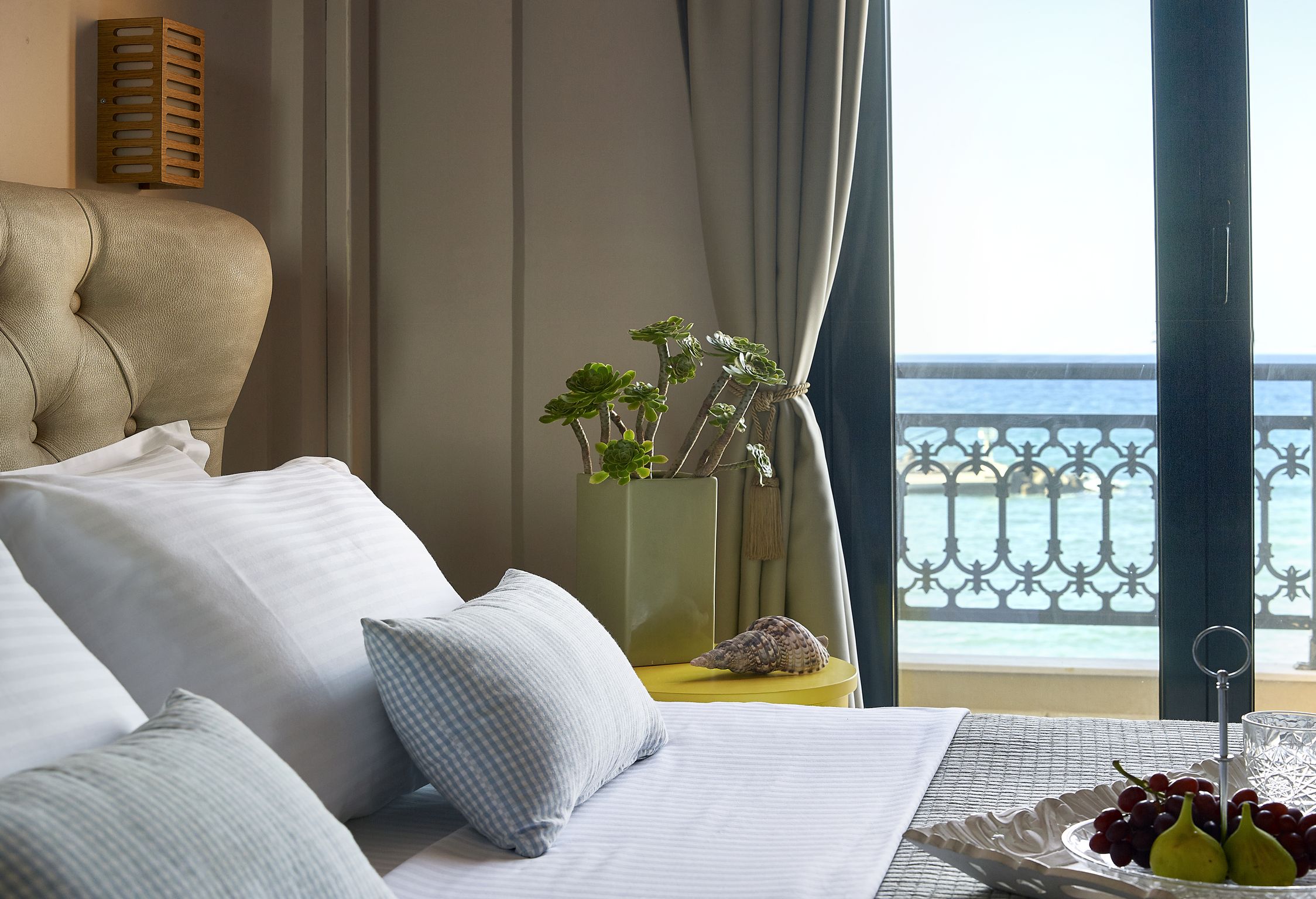Marelina Villas
Elegance & Comfort
Marelina Villas is a beach front hotel with swimming pool in a very friendly atmosfaire offer a calm and relax stay with all the modern fafilities you may need. The beach is one stap away from your room and you will enjoy for sure you summer vacations!
Attributes
n
Ideal for Couples, Beach View
n
n
n
n
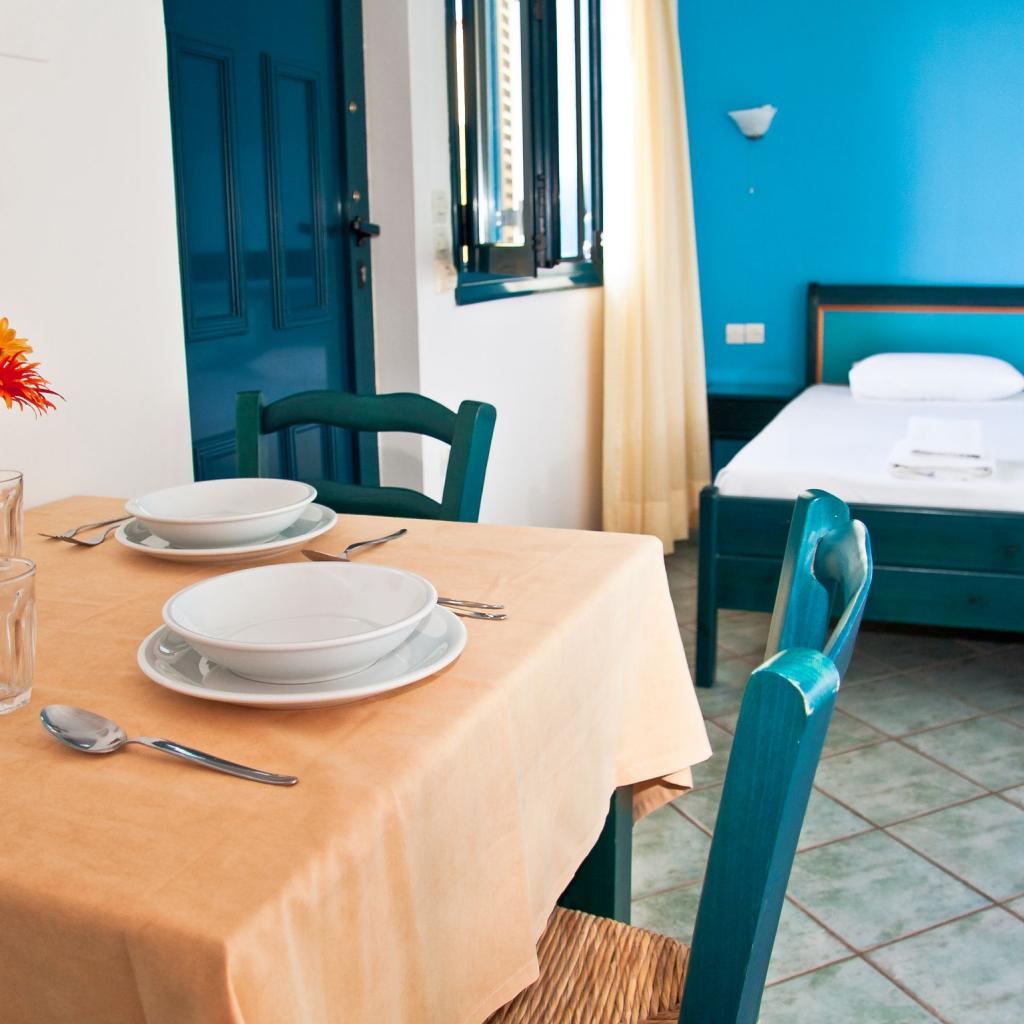
Economy Studio
More details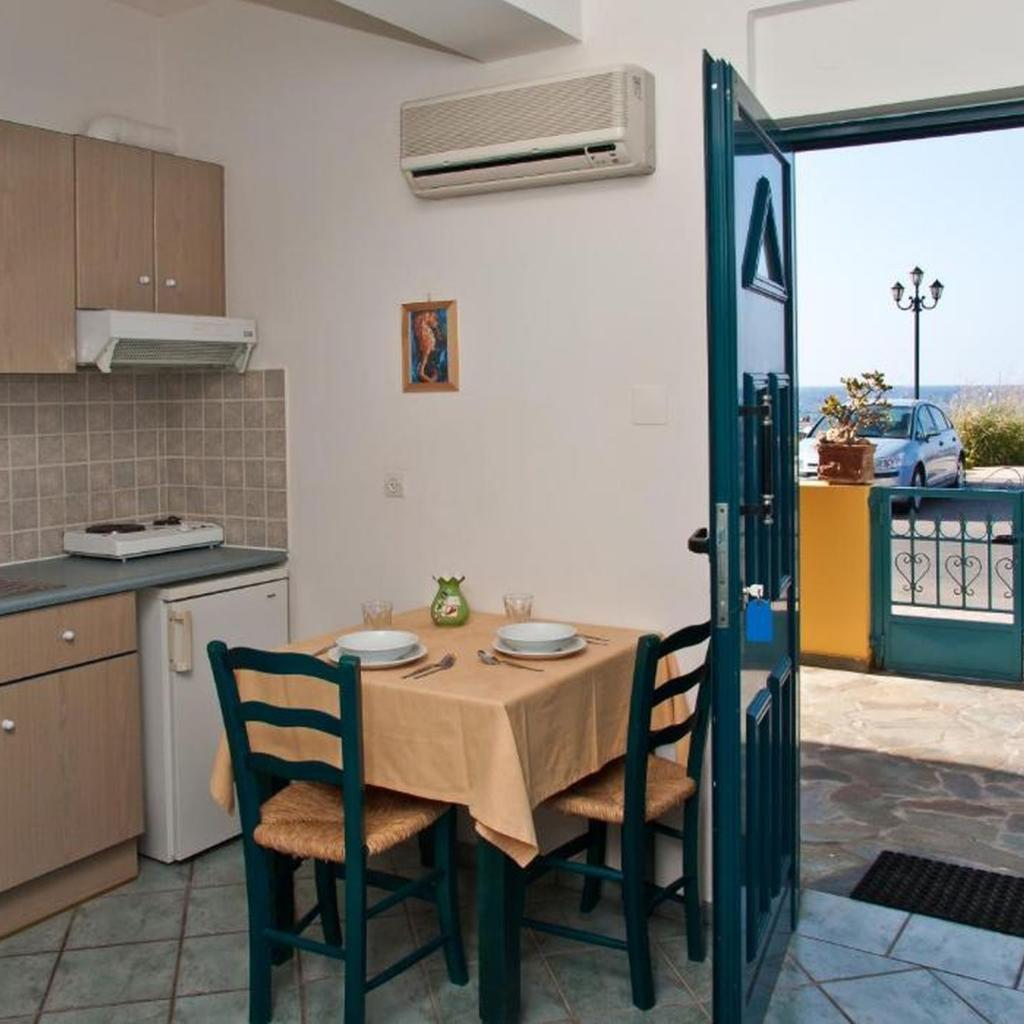
Studio Sea View
More details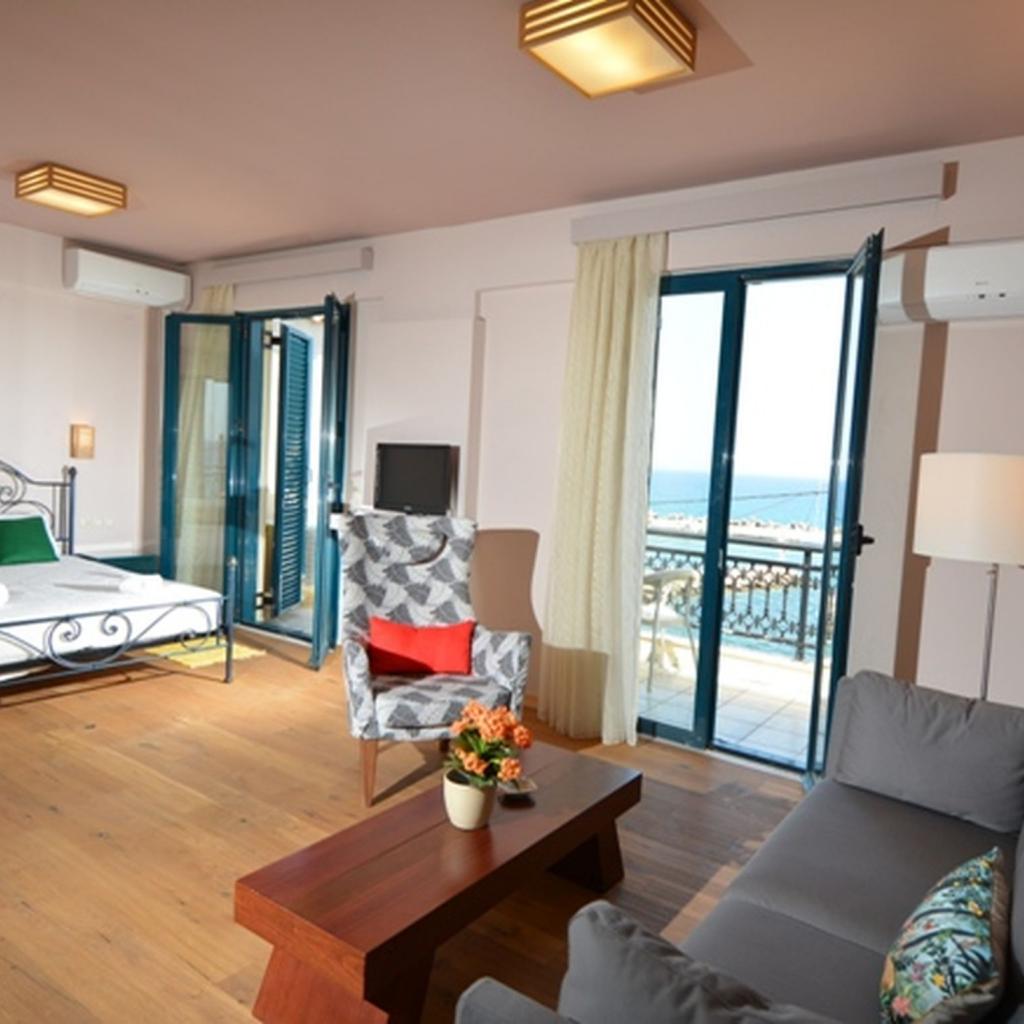
Apartment 1 Bedroom Sea View
More details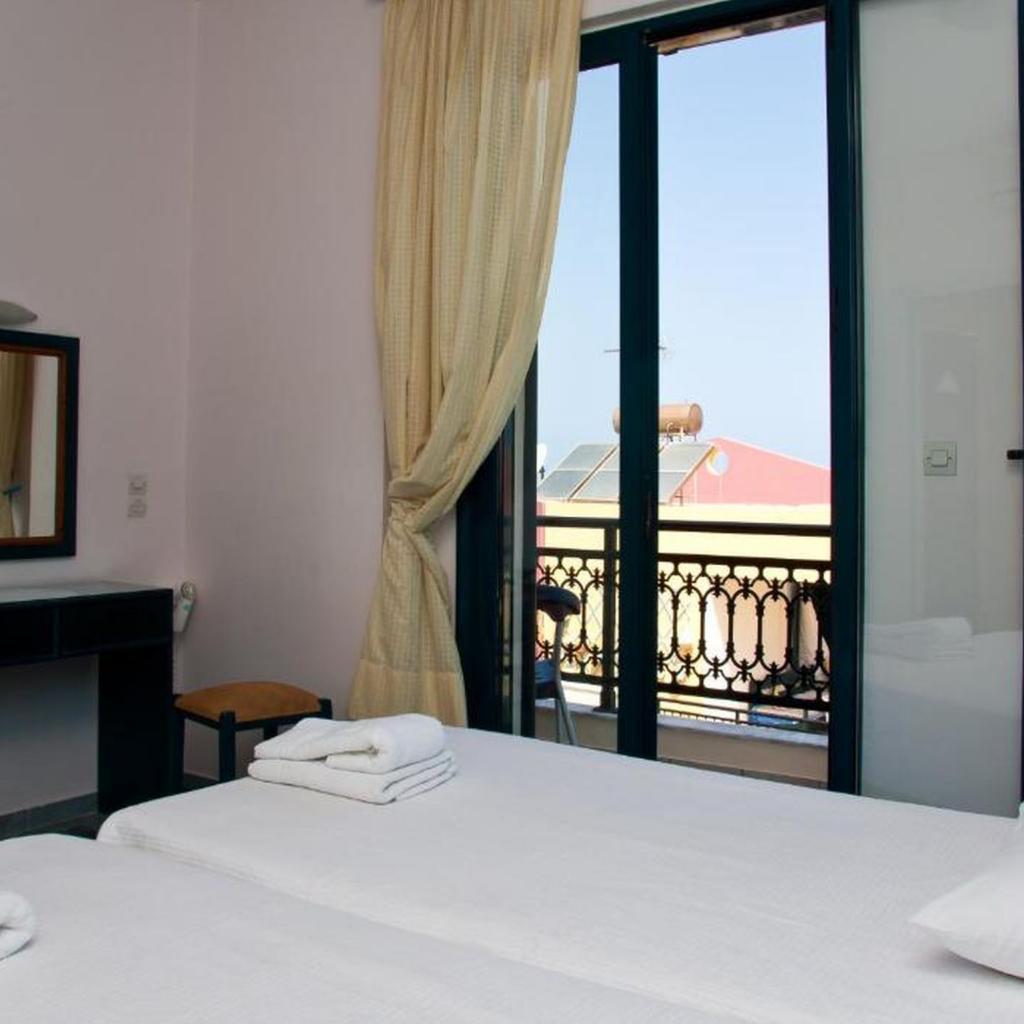
Apartment 1 Bedroom Pool View
More details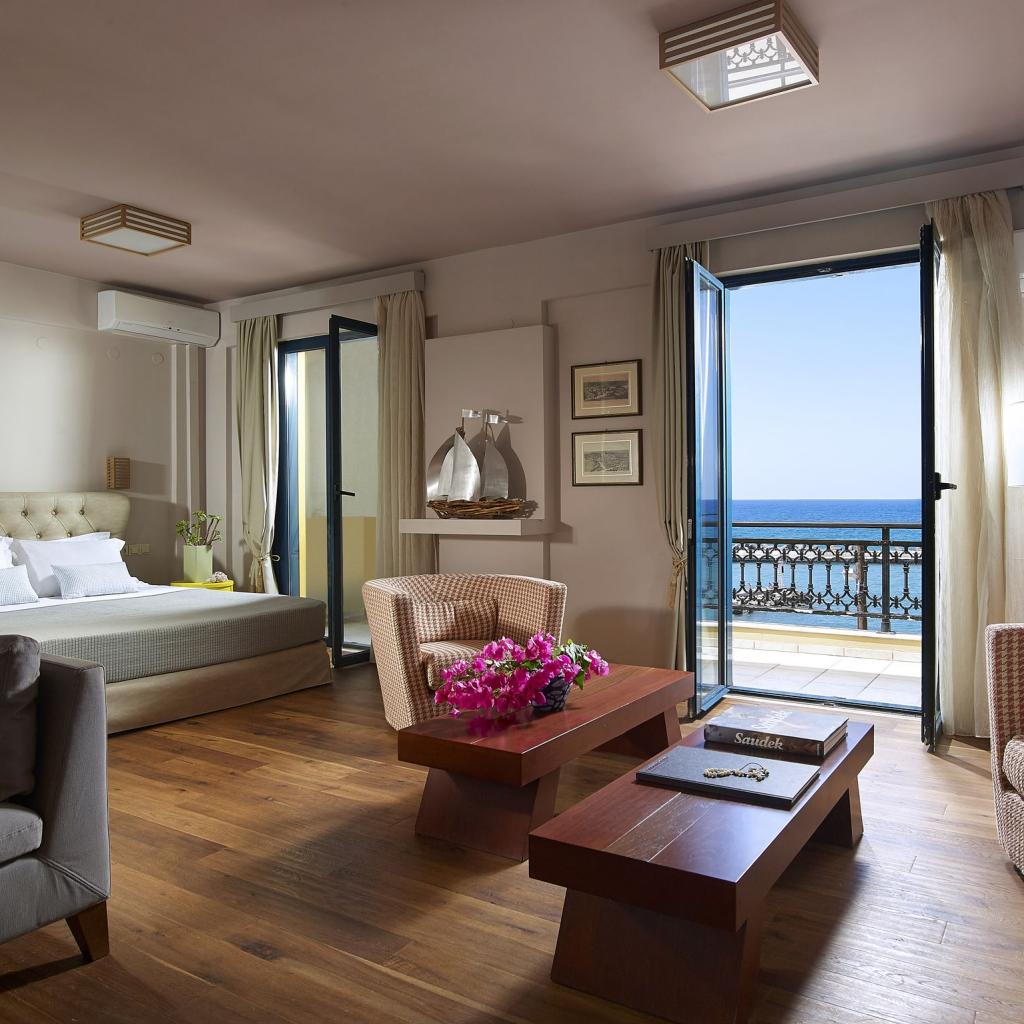
Suite 1 Bedroom Sea View
More details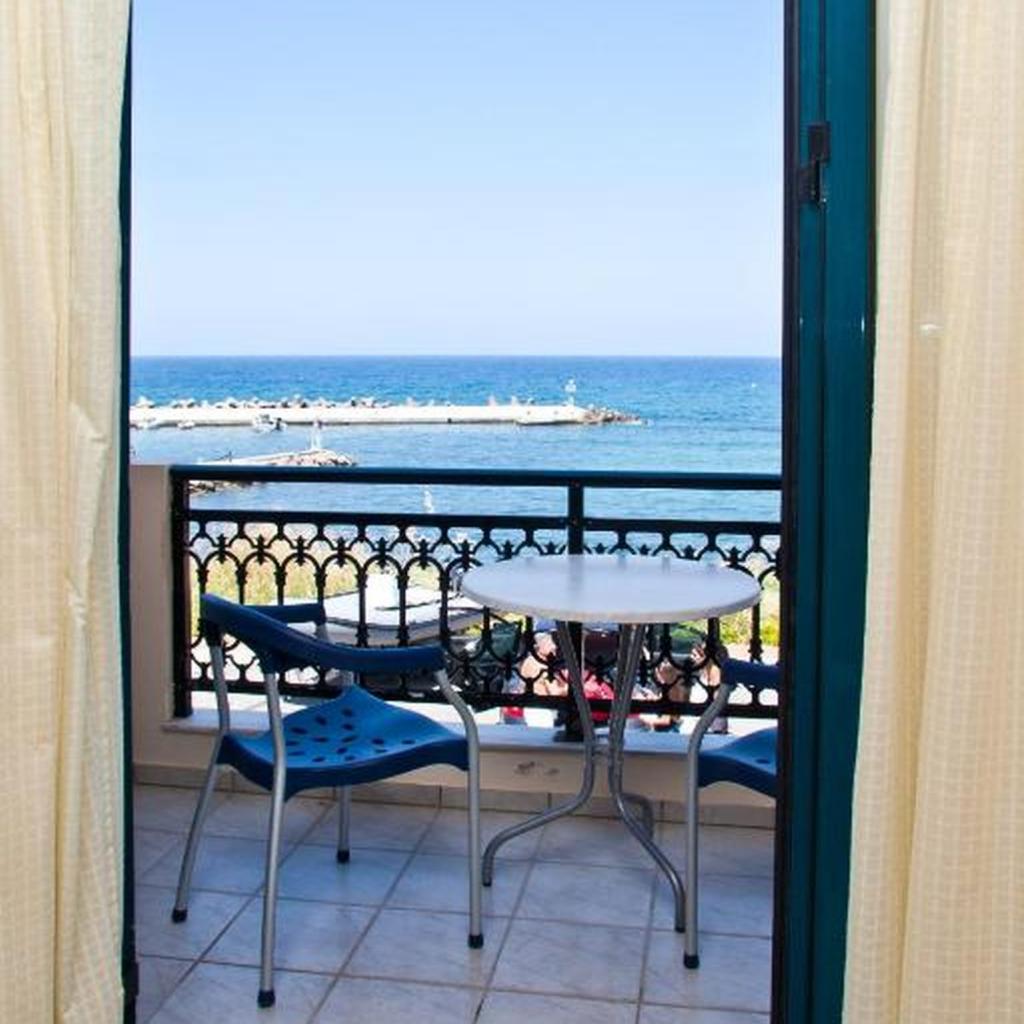
Apartment 2 Bedrooms Sea View
More detailsFacilities
Included amenities
Included amenities
Included amenities
Included amenities
[[ feature.feature_title ]] [[ feature.feature_title ]]
- [[ feature.group_title ]]
[[ child_feature.feature_title ]]: [[ child_feature.feature_value ]] [[ child_feature.feature_title ]]: [[ child_feature.feature_value ]]
[[ child_feature.feature_title ]] [[ child_feature.feature_title ]]
[[ child_feature.feature_title ]]: [[ value.option_value ]] [[ child_feature.feature_title ]]: [[ value.option_value ]]
n
Location
n
n
Information about the area
Panormo's Beaches
The wild beauty of Cretan landscape

Panormo's History
An ancient historic place
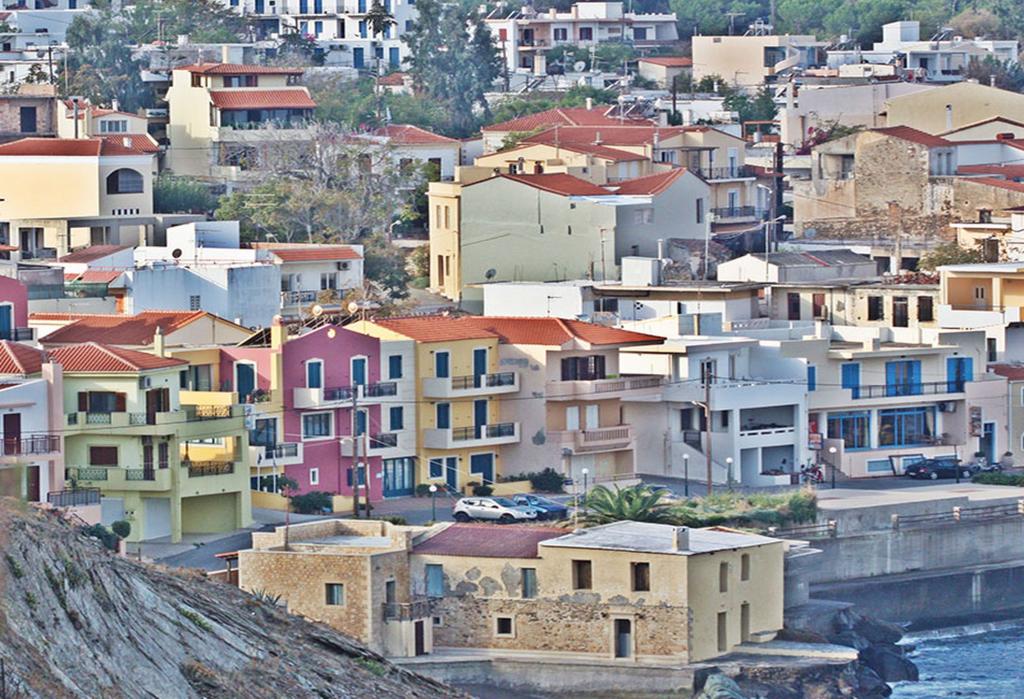
What to See In Rethymnon
A perfect place
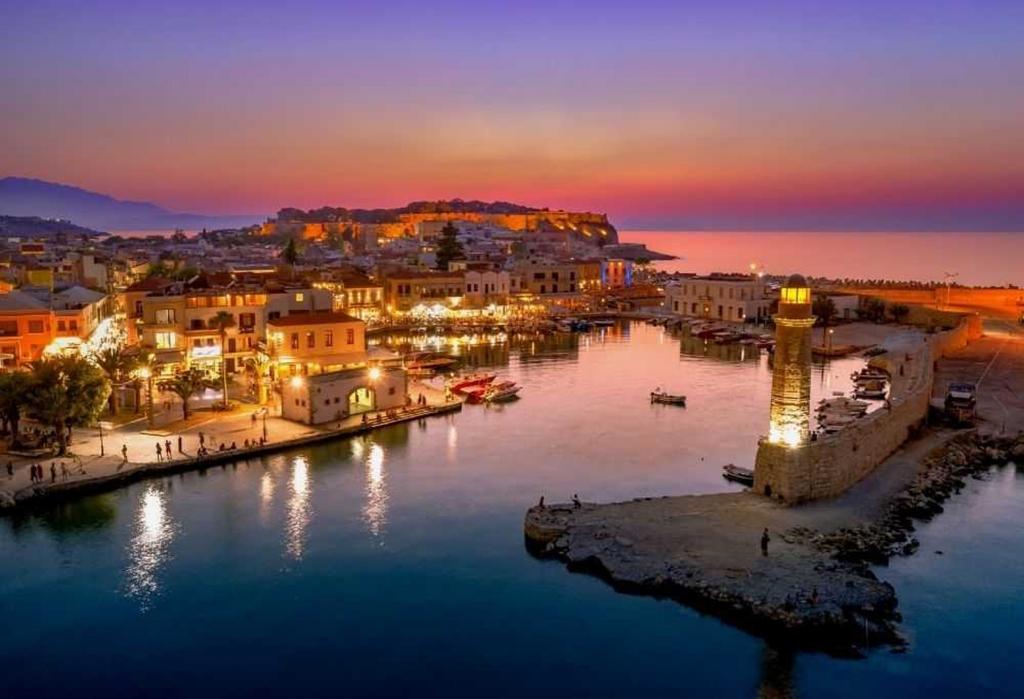
Discover the surroundings
g
g
g
g
g
How can we assist you?

Stay in touch
Sign up now and receive exclusive offers and benefits.
We value your privacy. None of the details supplied will be shared with external parties



